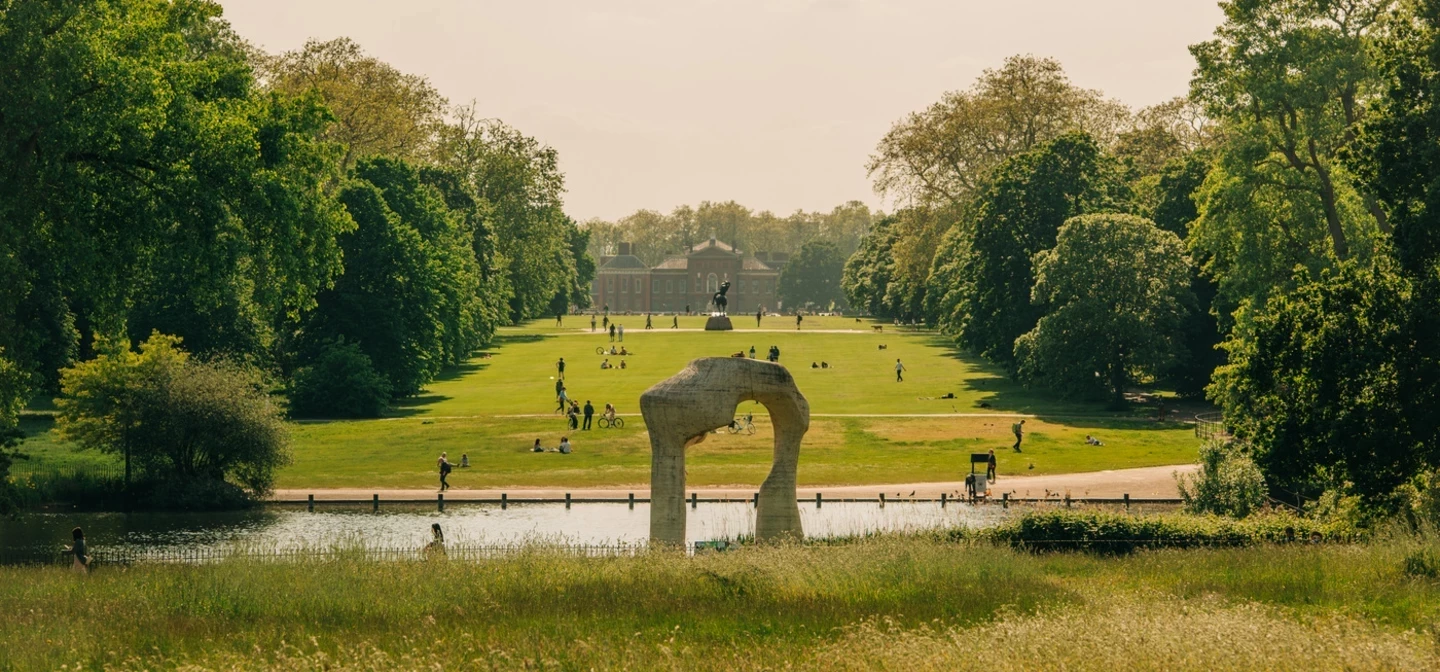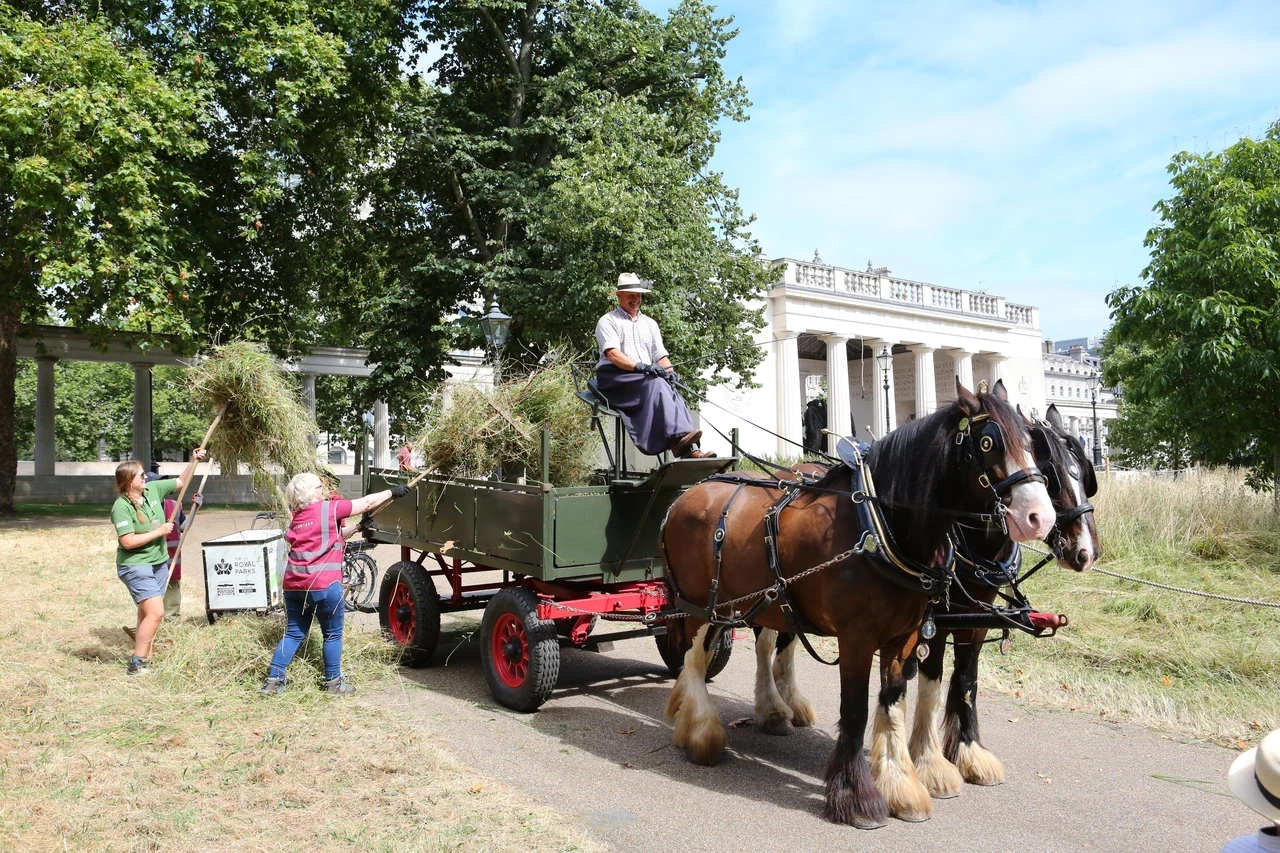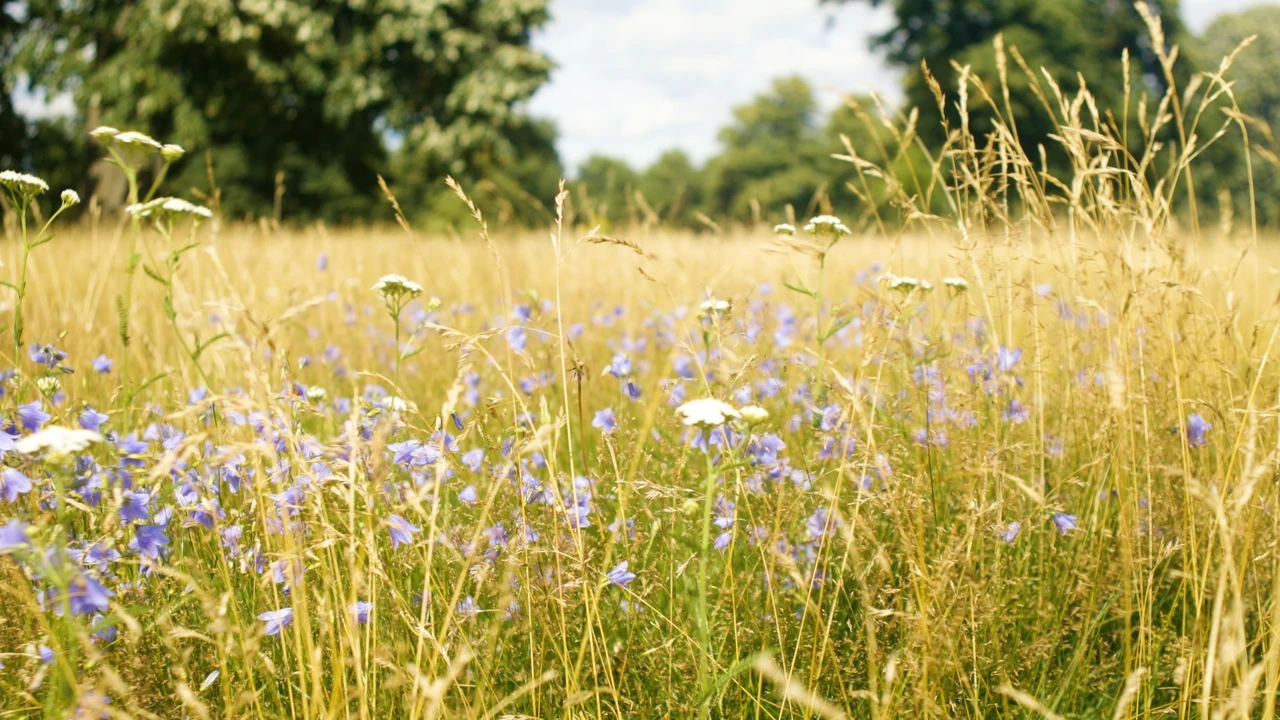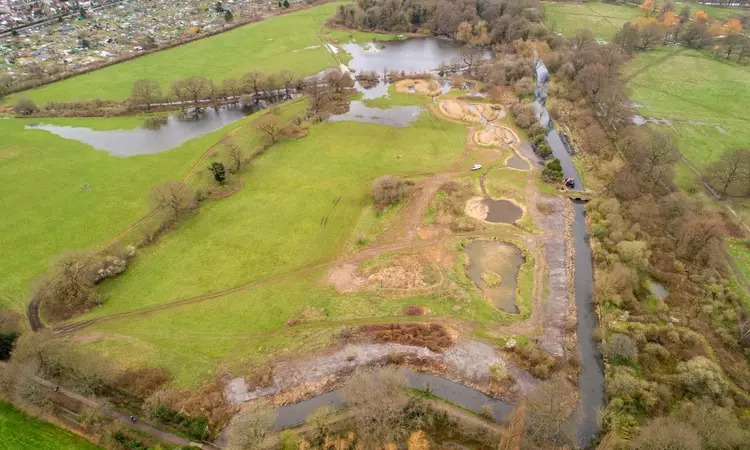
Wild spaces for nature and people
A leisurely stroll through Kensington Gardens, by New York Times journalist Christy Choi, inspired an article published by the newspaper last month exploring why green spaces in the parks, and the city, are looking wilder.
Entitled 'London’s Once-Tidy Green Spaces Are Going Wild, On Purpose’ the journalist investigated why visitors to London are now experiencing a wonderful mix of manicured and wilder spaces - and it’s not just a cool trend.
Here we share more on our contribution to the piece, explain why parts of the parks are looking wonderfully wild and who it benefits.
A change for good
Since becoming a charity in 2017 and announcing a climate emergency soon after, The Royal Parks has embraced a strategic shift towards creating “wilder” spaces to enhance biodiversity and address environmental challenges.
This transformation is guided by two key objectives: conserving the parks' natural landscapes and fostering biodiversity to protect wildlife and mitigate climate change impact.
Our stance on conservation is not just about letting nature take its course, but of carefully considering the potential of each area and taking action to support it.
Commonly referred to as ‘rewilding’, we at The Royal Parks like to describe it as enhancing our parks for wildlife - and we are getting pretty good at it.
Letting the grass grow
One notable example is the shift in grass management. Instead of keeping all grassy areas neatly trimmed, many parts of the parks are now allowed to grow longer before being cut later in the summer.
This creates an environment where native flowers can thrive, providing essential food for pollinators like native bees and butterflies, whose populations are in decline across the UK.
These pollinators are crucial for a healthy ecosystem, supporting species further up the food chain.

Creating habitats
In woodland areas of Hyde Park, dead hedges have been created using fallen and pruned branches and twigs. This provide shelter for invertebrates like beetles and spiders and hibernating amphibians such as newts and toads, while also providing safe nesting spaces for small birds such as wrens and robins. Similarly, wildflowers and native bulbs have been planted across the parks to enrich meadows and provide nectar and pollen for pollinators.
In The Regent’s Park, deadwood and rubble, once considered an eyesore, are now being used to create habitats where amphibians can shelter during the winter months. And in St. James’s Park, lakeside habitats have been enhanced with reedbeds and marginal planting to support bird nesting and aquatic invertebrates such as dragonflies and damselflies. These projects, along with careful coppicing of denser woodland areas, are creating a range of new micro-habitats that allow a greater diversity of plants and animals to flourish.

Cutting with care
Traditional meadow management techniques such as scything and harrowing are also being deployed to ensure that wildflower meadows are maintained sensitively. Longer grasses and denser woodland areas have the added benefit of retaining water, helping to stabilise the soil and reducing the risk of flooding during heavy rains —a growing concern in the face of climate change.
In the last year alone, through the Help Nature Thrive project, we have created or supplemented over 20 acres of meadow and planted over 5,500 saplings across Richmond Park, Bushy Park, The Regent’s Park and Hyde Park, including 250 which were planted by members of the public in Hyde Park.
Our volunteers have delivered 20,678 hours across the parks helping us enhance the parks for wildlife and have recently created a meadow in Regents Park and Primrose Hill by planting over 6,000 wildflowers for pollinators.

Help us to boost biodiversity
By helping to make the parks wilder, we are providing the habitats and the conditions required to support a larger range of species, increasing the resilience of these populations. Not only do these changes help with mitigating the impacts of climate change but it also enhances the park experience for our many visitors, who get to enjoy the profound benefits of immersing themselves in nature’s abundance.
Help us continue our work creating wonderfully wild spaces by becoming a conservation volunteer. Our fantastic volunteers carry out a wide range of habitat management and improvement tasks around the Royal Parks including bulb and wildflower planting, meadow management and much more.
Many of the biodiversity projects throughout the Parks are possible thanks to the wonderful players of People’s Postcode Lottery, as part of the Help Nature Thrive project.

Related Articles
-
 Read
ReadThe Royal Parks in a changing climate
Climate change is having a profound effect on the natural environments and wildlife of the Royal Parks.